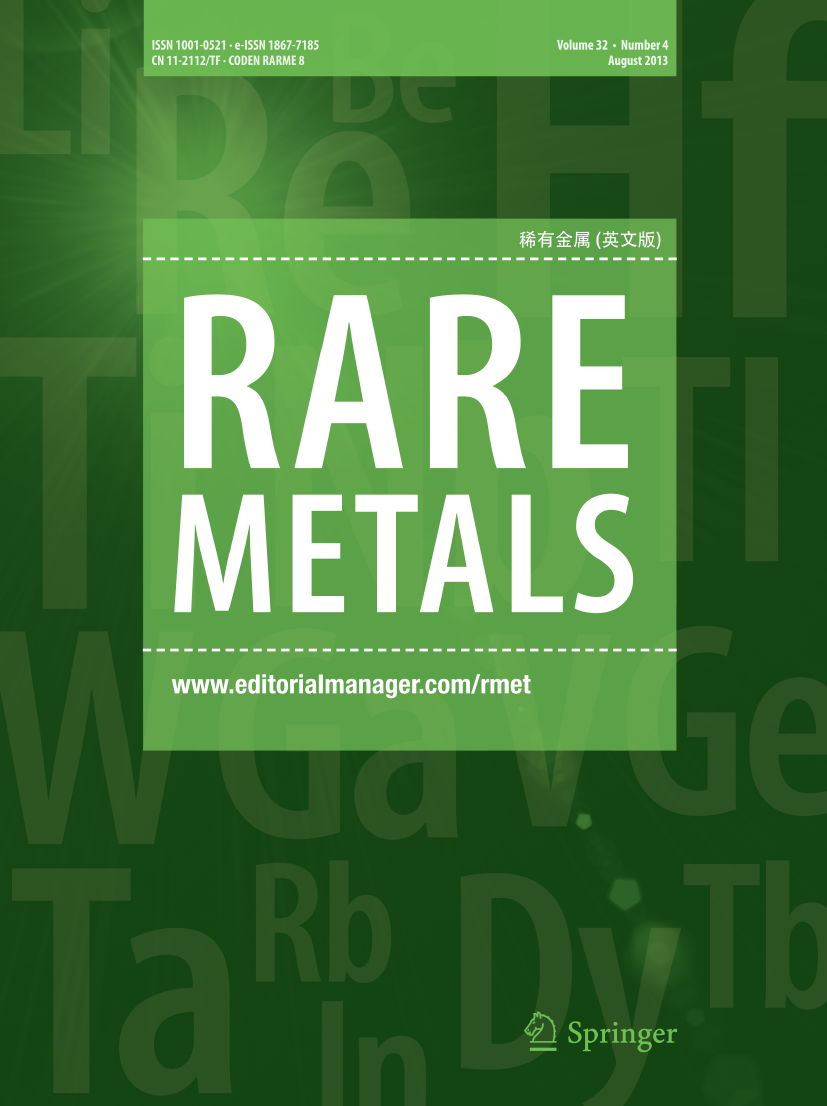High-voltage poly (ethylene oxide) all-solid-state lithium batteries enabled by high-concentration interfacial layer
Abstract
Poly (ethylene oxide) (PEO) solid electrolytes hold great promise in all-solid-state lithium batteries (ASSLBs) with high-energy and safety capabilities. However, the PEO electrolyte is hardly resistant to degrade electrochemically at high voltages (>4 V) in ASSLBs. Herein, we design and prepare a highly efficient and stable PEO-based solid electrolyte (denoted as PEO-L/DT-PEO) applied to high-voltage ASSLBs, in which the Li6.4La3Zr1.4Ta0.6O12 (LLZTO)-containing PEO (PEO-L) serves as a bulk of the electrolyte and the PEO with dual-salts (LiDFOB and high-concentration LiTFSI) forms an ultrathin coating layer (DT-PEO) covering on PEO-L. With 3% coating layer, the PEO-L/DT-PEO electrolyte exhibits an enhanced decomposition potential (> 4.9 V vs. Li/Li+) originating from the high concentration of LiTFSI as well as renders Al foil current collector high anticorrosion by the introduction of LiDFOB. Upon coupling with high-voltage NCM811 cathode, the DT-PEO efficiently suppresses the interfacial degradation kinetics between electrolyte and cathode, and slows down the irreversible phase change of NCM811. The assembled PEO-L/DT-PEO-based Li/NCM811 battery exhibits an excellent cycling stability of remaining 63.0% after 400 cycles at a cutoff voltage of 4.2 V as well as an initial discharge specific capacity of 164.5 mAh g−1 at a rate of 0.4C. This work offers a facile and feasible strategy to overcoming interface decomposition of the PEO electrolyte matching perfectly with high-voltage cathode for high-performance ASSLBs.
Graphical abstract

 求助内容:
求助内容: 应助结果提醒方式:
应助结果提醒方式:


